
Kishu Shimpaku grafted on Sierra Juniper
It’s great to be home! Though once I got home, there wasn’t much time for a vacation and I got right to work. Combination of work and rebuilding the Bonsai business has kept me very busy and I know that many of you have been itching for a new post. Sorry for such the long delay and thank you for your patience! Now that things are starting to come together and I’m figuring out my schedule, I’m able to get in front of my nice new computer and get the posts rolling again.
First off, how do you like the new look of the website??? I decided to go with something more simple and clean to start off my professional bonsai career. I moved the links into its own page which you can select in the menu bar above. I have also updated my, “About Me,” page and will expand on the, “Services,” page with cost and specific information about the services. That will be coming soon. Other than that, everything on the site is pretty much the same and easy to view and navigate as before.
So some of you are wondering what the picture of the shimpaku above is all about. Well, let me tell you the story, because it all started before I even left for Japan. Lets begin three days before the above photo was taken…
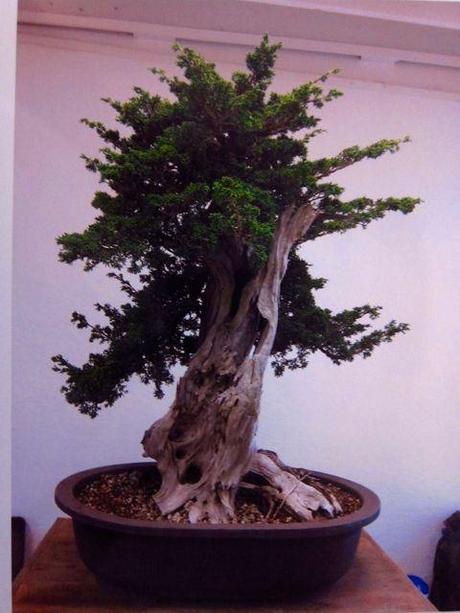
Sorry for the poor photo quality. It’s actually a picture of a picture since I couldn’t find the digital copy. Anyways, here is a photo of the tree before I worked on it back in 2010. This is a Sierra Juniper trunk with Kishu Shimpaku foliage grafted on. The grafts were done by Boon Manakitivipart over 15 years ago at about the time he came back from his apprenticeship in Japan. He had purchased this tree at the first GSBF Lake Merritt auction. The seller was Maz Imazuma, one of Boon’s earliest Bonsai teachers.
After the grafts took and were allow to grow, Boon went through the tree and bent the main branches down and left everything else to grow. Fast forward to 2010 and I find this tree in front of me needing to be cut and wired.
At the time, I was getting ready for my apprenticeship to Japan and Boon suggested that this tree would be good practice before I leave. This is one of the biggest trees I’ve ever wired at the time and I was excited! After about three days of wiring, I was tired but satisfied.

It was a grueling three days but I finished the job. This was the tree’s second ever styling. The tree still has a way to go but it’s a good start and I was looking forward to seeing the future development. At the time, I have never spend so much time wiring a single tree. I think I wired almost every branch! After wiring, I felt such a connection to the tree that I asked Boon if he would be willing to sell it. He laughed and said, “really?… okay, ask me again when you’re done with your apprenticeship.” We both laughed and the tree went back on the bench in his garden.
2013…
Now it’s 2013 and I’m back from Japan. Time to revisit the tree!
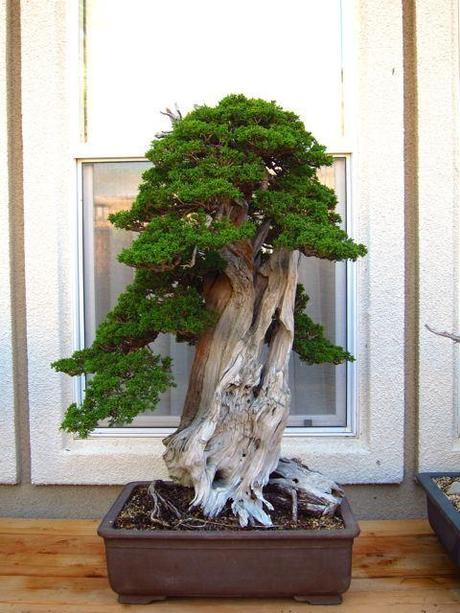
The tree was re-potted in 2011 and I Boon had thinned it and removed some branches. It’s mainly been allow to fill in more and some new branches have been developed. Since the tree was still at Boon’s house when I came home, it is now the newest addition to my collection. ;-) This tree is 44 inches (111cm) tall including the pot! The tree itself is 37 inches (94cm) tall.
Juniper Work in Summer
Now that the tree is relaxing at my house, I decided to do some work on it. Summer is a good time to go through the tree and remove old discarded foliage and some pruning. Wiring can be done at this time too but I’ve decided to let the tree grow the rest of the year and then wire it in the Winter. Lets look at the details of this tree before we get to work.
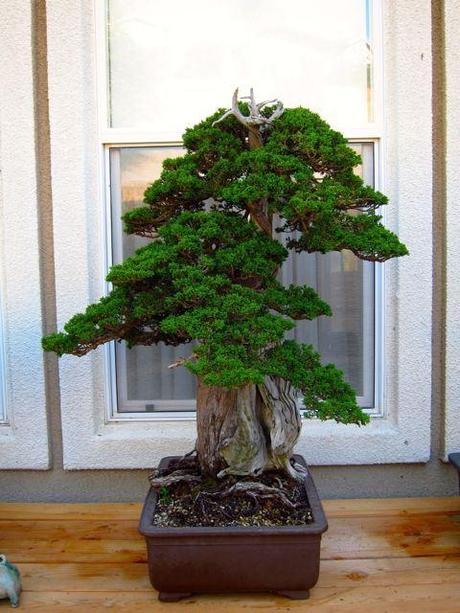
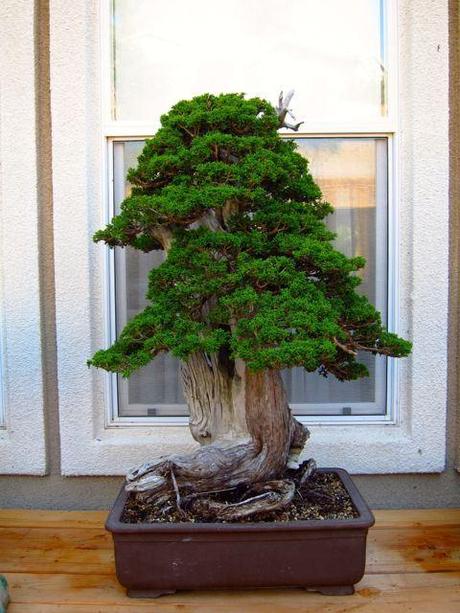
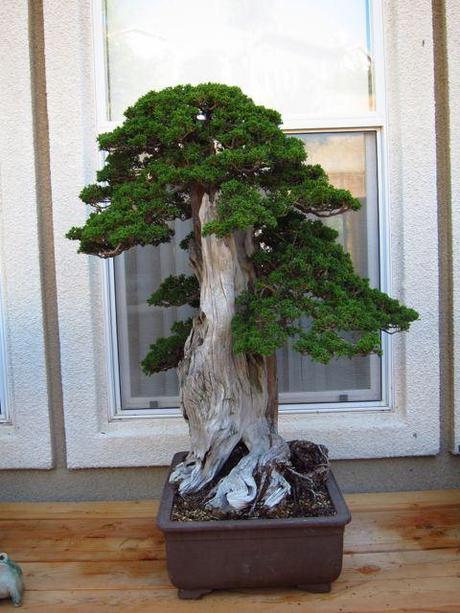
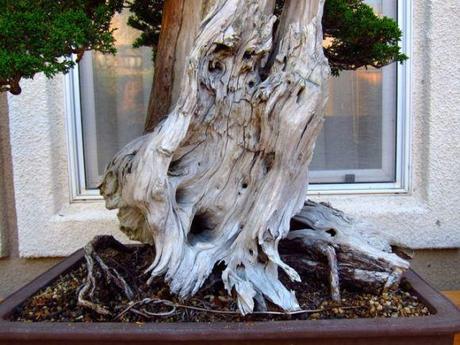
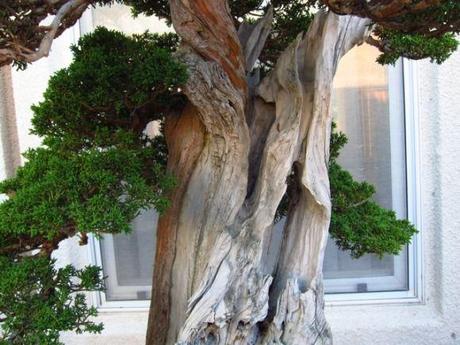
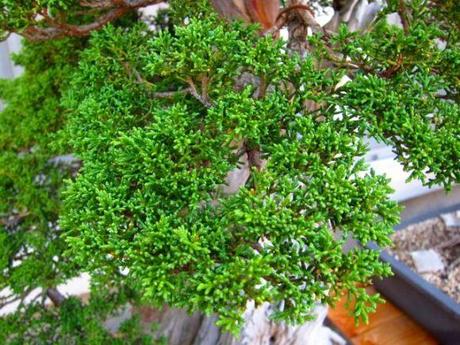
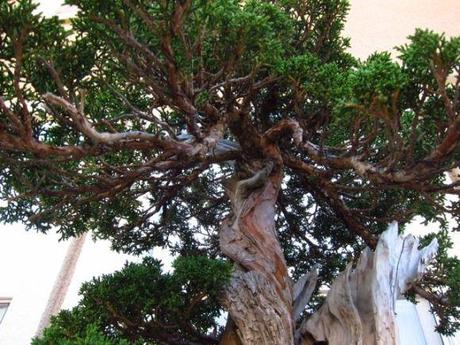
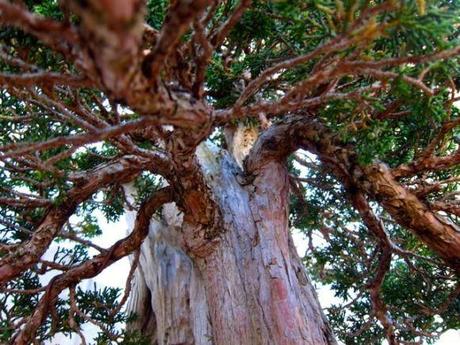
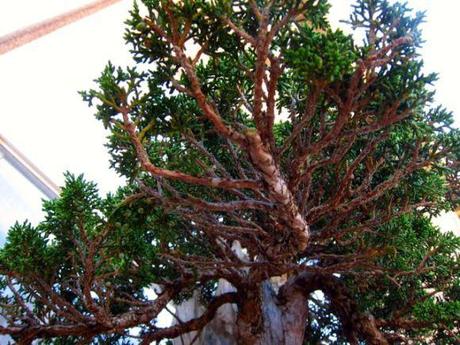
A Question About the Front
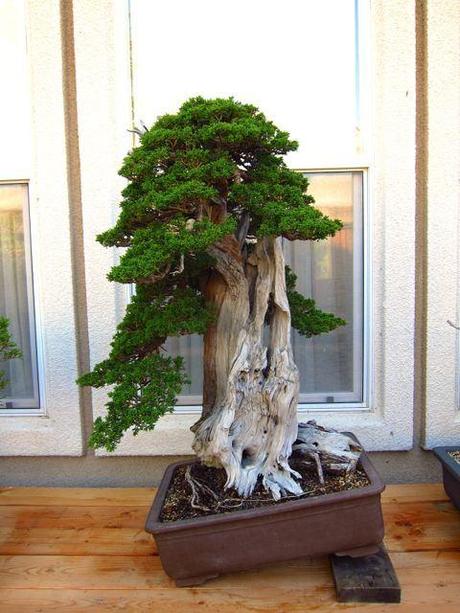
One of the things I was thinking of doing to the tree in the future design is to tilt the tree to the left. No firm decisions have been made yet but I feel that the balance of the trunk to foliage mass would work better, though much of the foliage has a way to go. What’s more interesting is the two following pictures below.
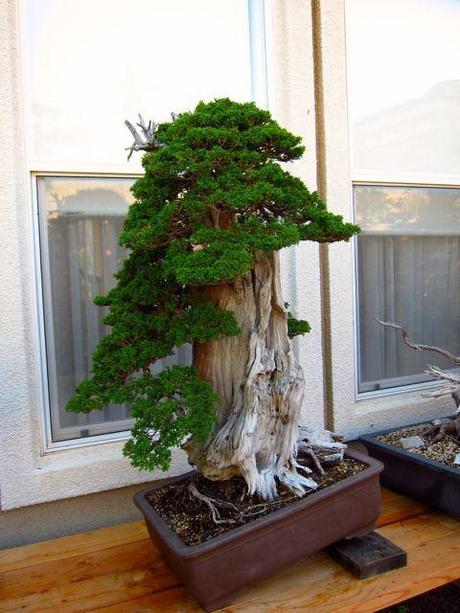
So I also thought about rotating the front of the tree to the left and using this as the front instead. Doesn’t the trunk look so much bigger?
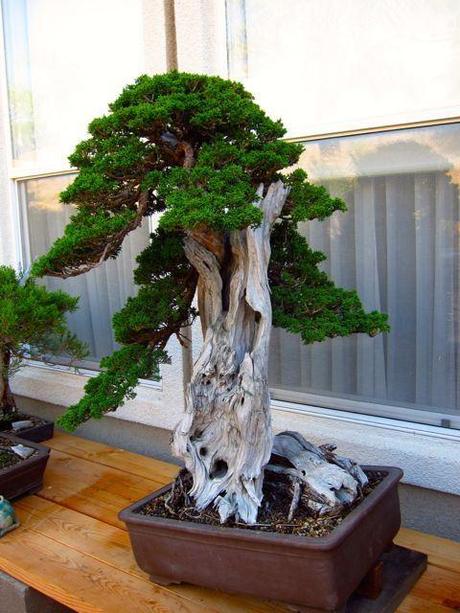
Of course, then on the other side, the trunk looks so much skinnier. Which do you prefer? Thick or thin? This looks like the original front back in 2010.
Lets Take Care of Business
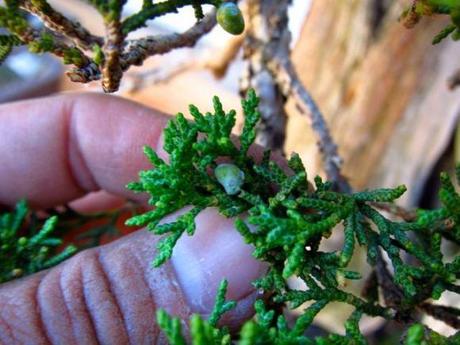
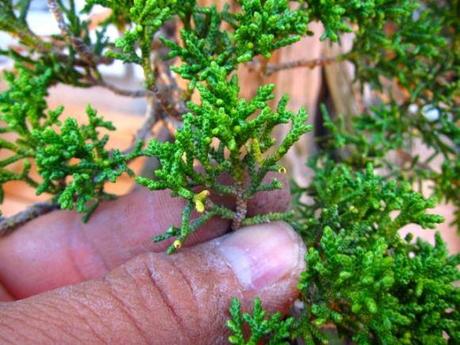

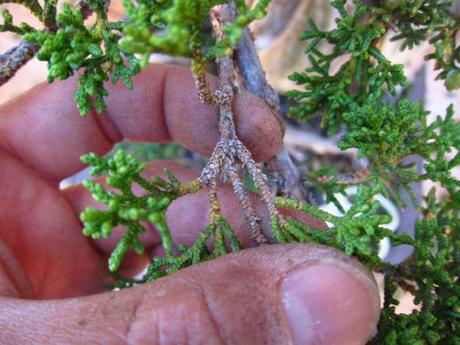
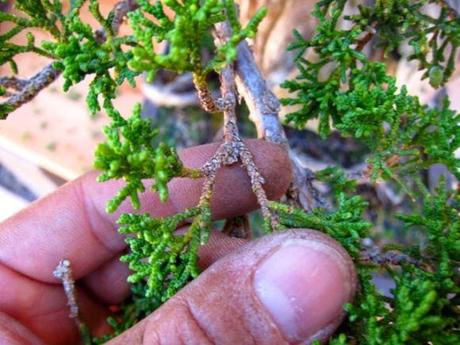
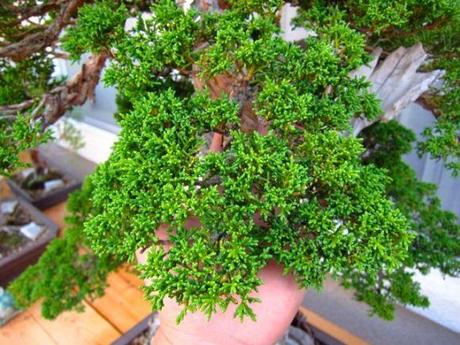
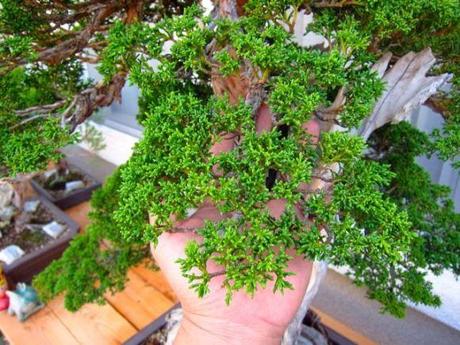
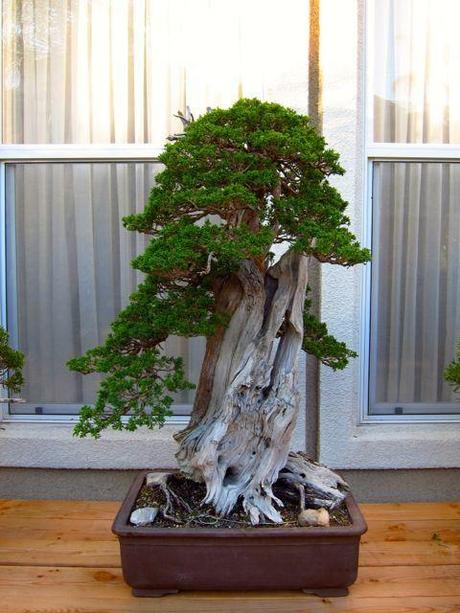
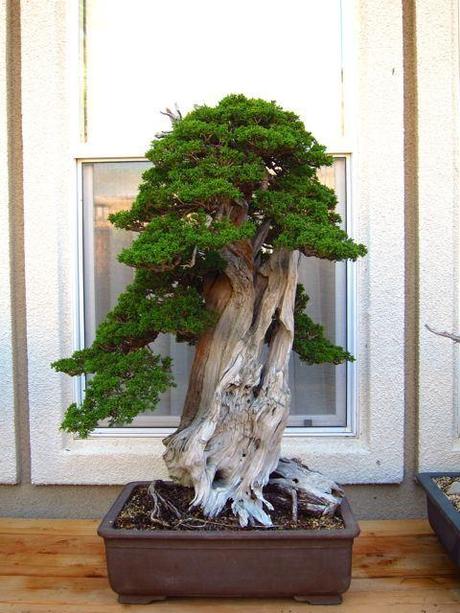
The next time I work on this tree will be this coming winter. In the mean time, I’m going to feed the tree well and allow it all to grow. I’m also going to look for a large pot for this tree (not easy). Stay tuned for that!
Thank You! Thank You! Thank You!
Thank you everyone for following the blog and welcoming me back home! It’s great being home and I’ve worked with so many great people already! Thanks for reading and I’ll keep the post coming.
To Great Bonsai and Having Fun!!!
————————————————————————————————————
If you are actively reading this blog, I would appreciate it if you subscribe to it (The subscribe button is below). This is one of the best ways for me to know how many people are reading. Thanks!
